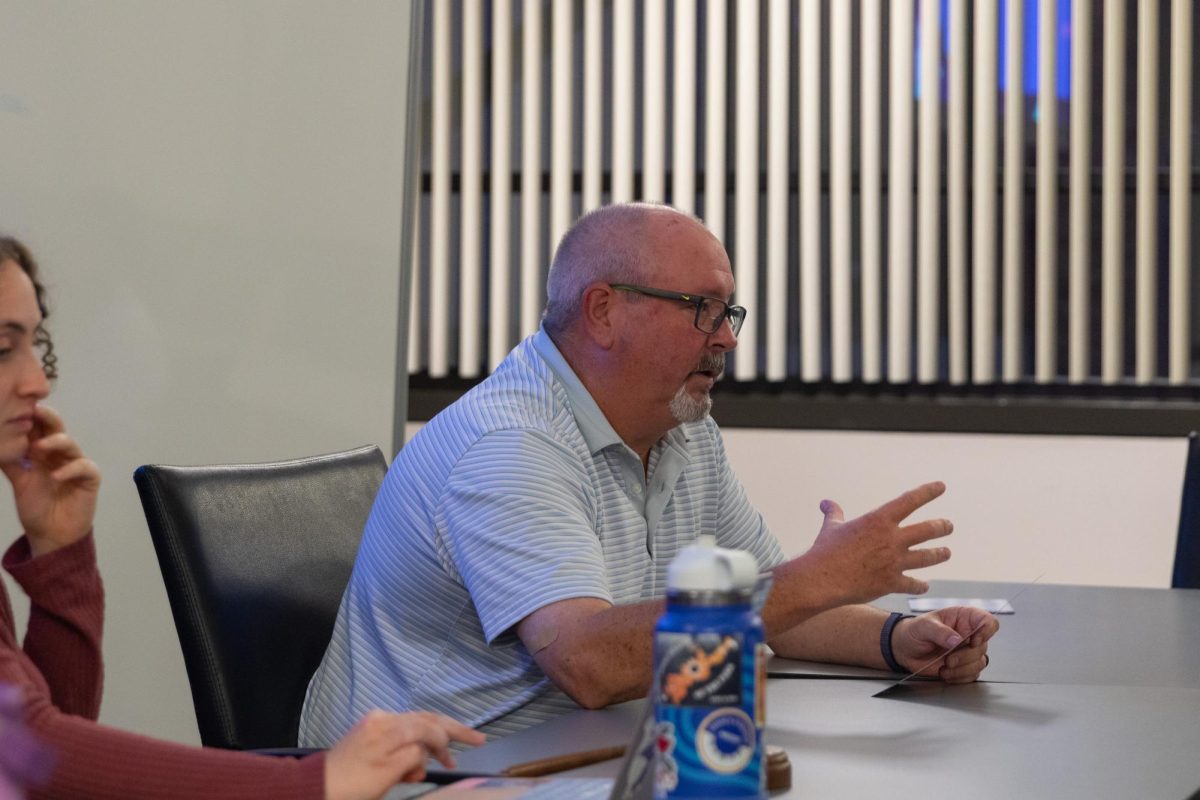The new book “Da Vinci’s Ghost” is the first work to look exclusively at the origins of Leonardo da Vinci’s famous drawing, “Vitruvian Man.” The book’s author, Toby Lester, examines the evolution of the drawing and the ideas that the figure represents, such as that man is a microcosm of the world and that the sketch is an attempt on da Vinci’s part to better understand himself.

Chief Proofreader Marissa Smith spoke with Lester about his inspiration for the novel, how it feels to be a pioneer of Vitruvian Man as an area of study and the interesting discoveries he made while writing the book.
Marissa Smith: How did you stumble across the idea for “Da Vinci’s Ghost?”
Toby Lester: I was writing my previous book, “The Fourth Part of the World,” which is about early maps of the world, and in the course of studying a lot of early medieval world maps, I came across a lot of them that looked eerily like Vitruvian Man. They were a figure of a human body inscribed within a circle and a square, and it seemed that the correspondence was too close for it to be accidental, and probably Leonardo was riffing on that tradition. Then I began looking into it, and it opened up a whole world of ideas and lost ways of thinking about the world. It seemed like it merited a book, especially when I discovered that no one ever wrote a book about that picture before.
MS: What was it like to study da Vinci in a way that no one else has ever done?
TL: It’s a little strange. It’s not exactly fair to say that no one’s ever explored it because a lot of people have written in passing about this picture, but nobody ever decided to use it as a vehicle for an entire book. To me, it seemed like a great portal to pass through because it reveals so much about him and what he was up to at the time. It allowed me at least to feel like I could kind of contain him. He’s such a larger-than-life figure, and he was doing so many things, that it’s actually kind of hard to get a handle on him. This allowed me to at least give it a try.
MS: What was the most interesting thing you found out about da Vinci or the history of Vitruvian Man during your research?
TL: Oh, there was a lot. If it comes to da Vinci, even though everyone knows and talks about how wide-ranging his interests were, and how voracious is appetite for learning was and how talented at so many different things he was, all that can’t help but astonish you when you meet it face-to-face. But at the same time, one of the things that surprised me a lot was how unlike the myth he is in some ways. As a young man, he hadn’t figured everything out. He was blind to a lot of things; he was very derivative in a lot of the work he did and a lot of the ways he thought. Understandably, he was blind about things he shouldn’t have been able to see from his perspective. So it was interesting for me to not just think about him as a renaissance guy but as a medieval guy. And Vitruvian Man the picture works the same way. We celebrate it as a quintessentially renaissance image, but in fact — and I showed to try in the book at least — it has lots and lots of medieval history and ideas embedded in it. If I had to single out one thing, it’s that the picture and Leonardo themselves are everything they’re celebrated as in terms of icons of the Renaissance, but at the same time, they’re also very kind of backward-looking medieval creatures.
MS: If you were able to describe what Vitruvian Man ultimately states about the human condition, what would you try to confer?
TL: To me, the reason that the picture has such an appeal, even today, is in large part because it’s a picture of someone studying himself, especially if you look at the face. It’s not a kind of generic abstract face that you see in some of the other pictures that are related to it. It’s a very specific face, and if you zoom in on the eyes in particular, it’s a guy who looks like he’s looking at himself in the mirror. That’s in a metaphorical way, something that we’re all doing — just trying to figure ourselves out. This picture was drawn by Leonardo at a time when he was intently trying to figure himself out as a way of trying to figure out how the world worked.







